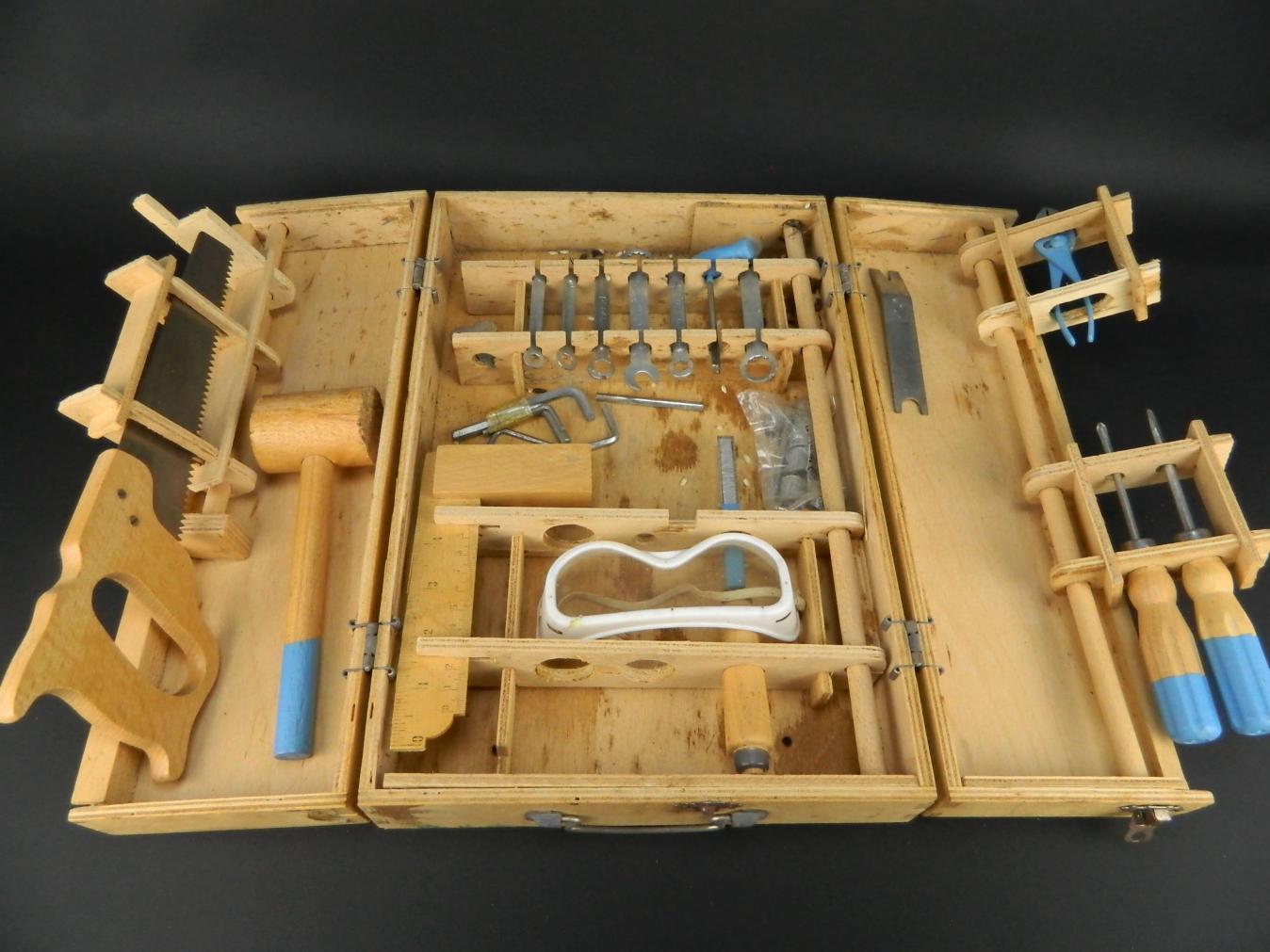

When not riding he can be found at the climbing wall, in his garden or cooking up culinary delights.Andy OS, an Android emulator, enables you to run mobile apps and games in a sandboxed custom build of Android on your Windows desktop. He’s also worked out that shaving your legs saves 8 watts, while testing aerodynamics in a wind tunnel. Outside of testing bikes, Tom competes in a wide range of mountain bike races, from multi-day enduros through to 24-hour races in the depths of the Scottish winter – pushing bikes, components and his legs to their limits. With more than twenty years of mountain biking experience, and nearly a decade of testing mountain and gravel bikes, Tom has ridden and tested thousands of bikes and products, from super-light XC race bikes through to the most powerful brakes on the market. He is also a regular presenter on BikeRadar’s YouTube channel and the BikeRadar podcast. Tom has written for BikeRadar, MBUK and Cycling Plus, and was previously technical editor of What Mountain Bike magazine. He has a particular focus on mountain bikes, but spends plenty of time on gravel bikes, too. Tom Marvin is a technical editor at and MBUK magazine. It looks fantastic, but this is an area critical for fine-tuning a bike’s fit and feel, and so with no ability to roll the bars back and forth, you’re stuck with the stock geometry of the cockpit. The other potential issue is the use of a combined bar and stem. This is most noticeable when riding the Trek back to back with another very similar test bike equipped with a Maxxis Minion DHF front tyre, which gave a much more confident bite into dirt. The bike needs to be properly leant over to get the shoulder treads engaged in the dirt.Īnd, when they are, I and my BikeRadar colleagues have found the shoulder lets go that little bit too easily and suddenly. The SE5 has a decent compound and good volume, but I’ve found there’s a big gap between the central and shoulder tread, with a bit of a no-man’s land in between. That’s handy, though, because such situations reveal the bike’s biggest weakness (so far) – its tyres. The BB is fairly low, especially in the Low setting, and so weighting the outside foot in order to help the tyres carve a corner is easy to achieve. Progression in the suspension stroke prevents harsh bottom-outs on big hits. While I’ve not experienced many big hits thus far, despite reaching the lower reaches of the travel, I haven’t felt a harsh bottom-out, suggesting late-stroke progression is good.Trek has got the geometry spot-on in my book. The Fuel EX is long enough to feel confident on high-speed trails and steep sections alike.Īs yet, I haven’t felt the bike getting bucked and ‘squirrely’, nor have I felt as if I might get chucked out of the front. Rattle it over matted roots and rocks and the Fuel EX manages to stay high enough in its travel to be composed, without feeling harsh or unsettled. The upper portion of the suspension travel readily deals with trail flutter, while you can push into the bike’s mid stroke to gain speed out of a corner or get extra boost off a lip. You can really aggressively push and pull the bike around, and doing so seems to get the most out of the chassis.Īs such, the Fuel EX is a bike that rewards an aggressive, rather than passive, rider. Lean the bike over and weight through the cranks, and it doesn’t fold in half. The chassis is stiff – not in an uncomfortable, sketchy-over-off-camber way, but in a reassuringly solid manner. On the trail, the immediate feeling is this bike is planted to the ground. The Fuel EX has long been a benchmark trail bike. In further testing, I aim to swap headset cups about to further test the bike’s adjustability.īelow is a geometry chart in the Low/Slack setting – as aggressive as the bike gets. Swapping to the High setting takes a minute or so, and I have tried this setting.


Adjusting this area requires aftermarket parts, however.Īdd in the option to run mullet wheels, and there are plenty of ways to get the bike shaped as you like.īikes ship in the Low/Neutral setting and this is largely how I tested the Fuel EX. This is combined with an adjustable headset, which gives three possible head angle settings – Steep, Neutral and Slack.

This gives a Low and a High option, with the Low setting resulting in an 8mm lower bottom bracket and 0.5-degree slacker angles. The rocker sees Trek’s trademark Mino Link. The geometry is, however, highly configurable, with two adjustment options. The latest Fuel EX has a modern shape, meaning longer reaches, slacker head angles and steeper seat angles. The Mino Link adjusts head and seat angles, as well as bottom bracket height.


 0 kommentar(er)
0 kommentar(er)
